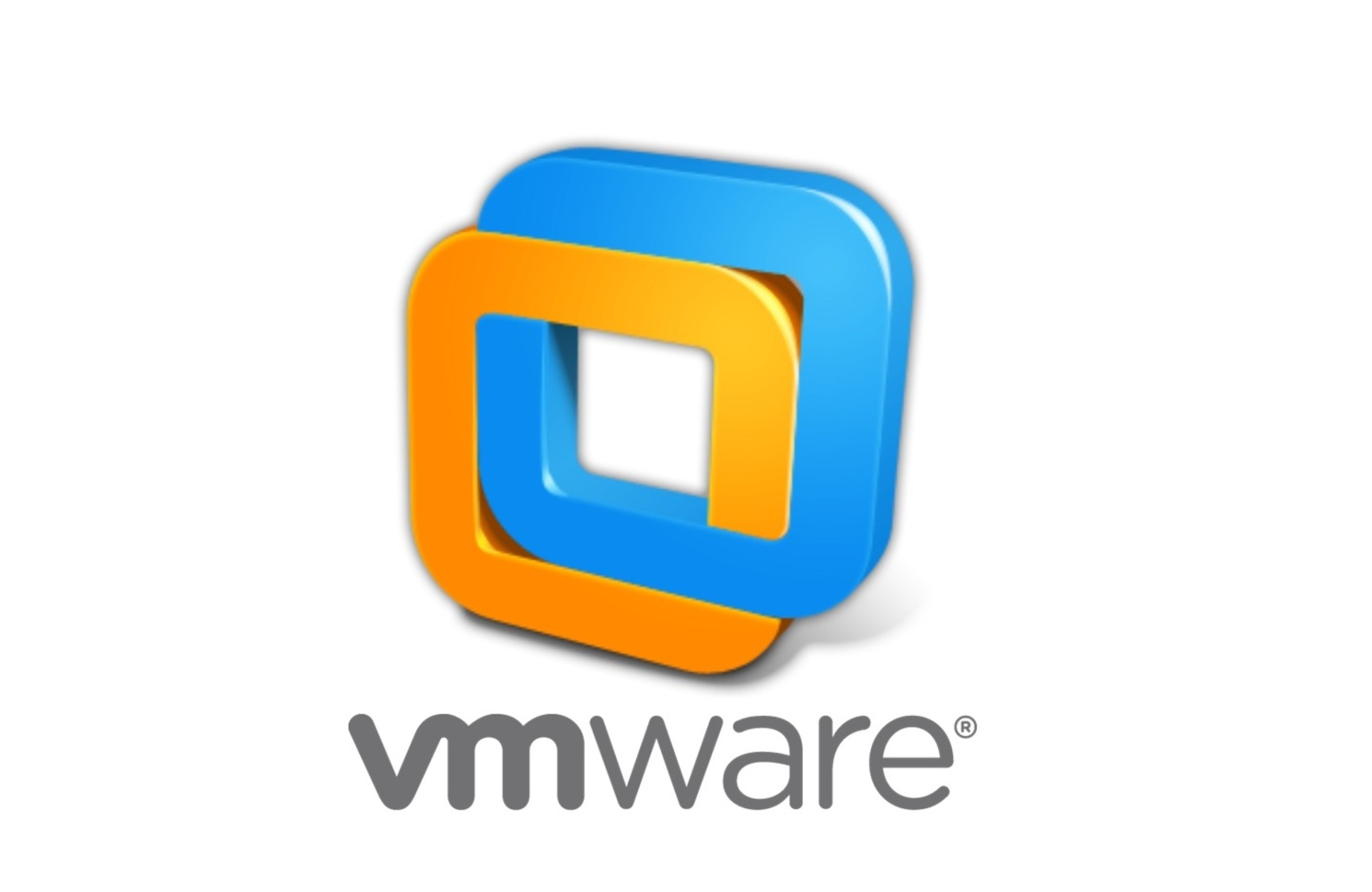Introduction
VMware Workstation is a popular virtualization platform that allows users to run multiple operating systems on a single physical machine. One of the key features of VMware Workstation is the ability to share folders between the host operating system and the virtual machines running within it. This allows for seamless file transfer and easy access to files and data from both the host and guest operating systems.
In this article, we will explore different methods for accessing shared folders in VMware Workstation. These methods provide flexible options to suit different user preferences and requirements. Whether you prefer to use the built-in shared folders feature or directly access shared folders in your virtual machine, we will cover the steps to help you get started.
Accessing shared folders in VMware Workstation has several benefits. It enables you to easily share files and collaborate between the host and guest operating systems. This feature is especially useful for developers, testers, and IT professionals who need to transfer files or access shared data within a virtual machine environment. By following the methods outlined in this article, you will be able to take advantage of this feature and streamline your workflow.
Now, let’s dive into the different methods you can use to access shared folders in VMware Workstation.
Method 1: Shared Folders Option in VMware Workstation
VMware Workstation provides a built-in feature that allows you to create and manage shared folders between the host and guest operating systems. This method is straightforward and requires minimal configuration, making it a convenient option for accessing shared folders.
To set up shared folders using the VMware Workstation interface, follow these steps:
- Open VMware Workstation and power on your virtual machine.
- From the menu, select VM and then click on Settings.
- In the Virtual Machine Settings window, click on the Options tab.
- Under the Shared Folders section, click on the Always Enabled button to enable shared folders for the virtual machine.
- Click on the Add button to add a new shared folder.
- In the Add Shared Folder window, browse and select the folder you want to share.
- Specify the name for the shared folder as it will appear in the guest operating system.
- Select the Enable this share option and choose the desired access settings.
- Click OK to save the shared folder settings.
Once the shared folders are configured, you can access them from within the guest operating system. To do this:
- Power on your virtual machine and log in.
- Open the file manager or explorer in the guest operating system.
- Navigate to the Network or Shares section.
- You should see the shared folder listed.
- Double-click on the shared folder to access its contents.
With this method, you can easily transfer files between the host and guest operating systems by simply copying and pasting or dragging and dropping them into the shared folder.
Using the shared folders option in VMware Workstation provides a user-friendly and convenient way to access shared folders. However, if you prefer a more seamless integration between the host and guest operating systems, you may consider using VMware Tools, which we will explore in the next section.
Method 2: Using VMware Tools
VMware Tools is a suite of utilities that enhances the performance and functionality of virtual machines running on VMware Workstation. Among its many features, VMware Tools includes the ability to share folders between the host and guest operating systems, providing a seamless integration and improved file transfer capabilities.
To utilize VMware Tools for accessing shared folders, follow these steps:
- Power on your virtual machine and log in.
- From the VMware Workstation menu, go to VM and then select Install VMware Tools.
- A virtual CD/DVD drive will be mounted in the guest operating system. Open the CD/DVD drive and run the installer.
- Follow the on-screen instructions to install VMware Tools.
- Once VMware Tools is installed, restart your virtual machine.
After the virtual machine restarts, you can access the shared folders using the following steps:
- Power on your virtual machine and log in.
- Open the file manager or explorer in the guest operating system.
- Navigate to the VMware Shared Folders or Shared Folders directory.
- You should see the shared folders listed there.
- Double-click on the desired shared folder to access its contents.
By using VMware Tools, you have the added benefit of automatic folder synchronization. This means that any changes made to the shared folders on either the host or guest operating system will be immediately synchronized, ensuring that both systems have the most up-to-date files and data.
Using VMware Tools provides a seamless integration between the host and guest operating systems, allowing for efficient file transfer and easy access to shared folders. However, if you prefer to directly access shared folders within the virtual machine without installing any additional software, you can use the method described in the next section.
Method 3: Directly Accessing Shared Folders in Virtual Machine
If you prefer to access shared folders in your virtual machine without relying on the built-in features of VMware Workstation or VMware Tools, you can directly access the shared folders using the network path or UNC (Uniform Naming Convention) path.
Follow these steps to directly access shared folders in your virtual machine:
- Power on your virtual machine and log in.
- Open the file manager or explorer in the guest operating system.
- In the address bar or file path field, type the following UNC path:
\\vmware-host\Shared Folders\or\\vmware-host\host-shared-folder-name\. Replacevmware-hostwith the hostname or IP address of your host machine, andhost-shared-folder-namewith the name of the shared folder you want to access. - Press Enter or click Go to navigate to the shared folder.
Once you have accessed the shared folder using the UNC path, you can view and work with the files and data within it, just like any other folder in the guest operating system.
This method provides direct access to shared folders without the need for additional software installations or configuration. However, it does require knowledge of the network path or UNC path of the shared folder. The network path may vary depending on your network configuration, so ensure you have the correct hostname or IP address of your host machine.
Now that you have learned how to directly access shared folders in your virtual machine, you can choose the method that best suits your needs and preferences. Whether you opt for the built-in shared folders option in VMware Workstation, utilize VMware Tools, or directly access shared folders using the network path, you can take advantage of this feature to easily share and transfer files between the host and guest operating systems.
Conclusion
Accessing shared folders in VMware Workstation is essential for seamless file transfer and collaboration between the host and guest operating systems in a virtual machine environment. In this article, we explored three different methods to access shared folders.
The first method involved using the built-in shared folders option in VMware Workstation. This method provides a user-friendly interface for creating and managing shared folders, making it a convenient choice for many users.
The second method focused on using VMware Tools, a suite of utilities that enhances virtual machine performance and functionality. By installing VMware Tools, users can benefit from automatic folder synchronization and a seamless integration between the host and guest operating systems.
The third method allowed users to directly access shared folders in the virtual machine by using the network path or UNC path. While this method requires knowledge of the network configuration, it provides a more straightforward approach for accessing shared folders without additional software installations.
Overall, each method offers its own advantages and may be best suited to different user preferences and requirements. Whether you prioritize simplicity, integration, or direct access, you can choose the method that aligns with your needs to efficiently share, collaborate, and transfer files between the host and guest operating systems.
By utilizing shared folders in VMware Workstation, you can streamline your workflow, enhance productivity, and reduce the complexities associated with file transfer in a virtualized environment. Experiment with the methods described in this article and discover the most effective approach for accessing shared folders in your virtual machines on VMware Workstation.

























